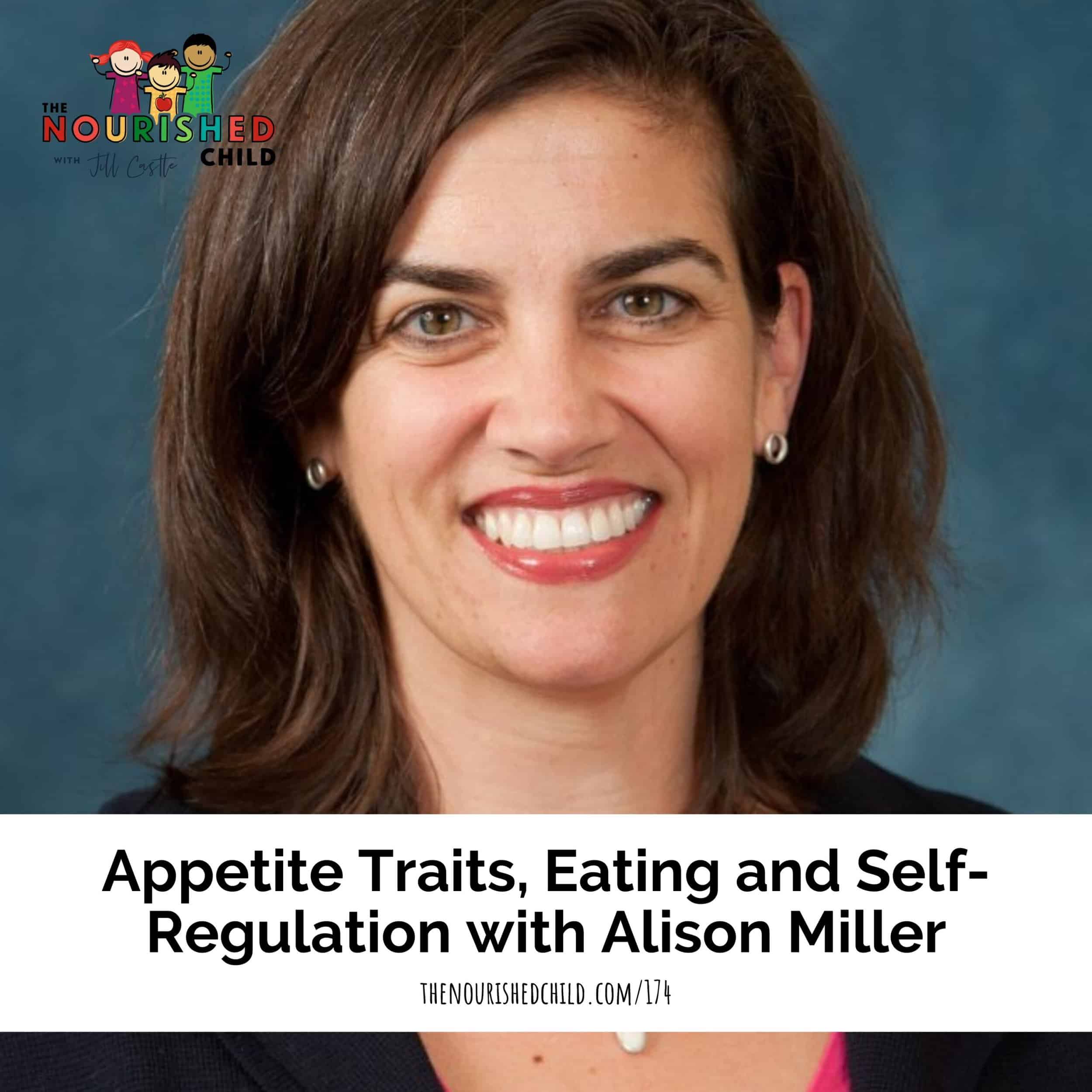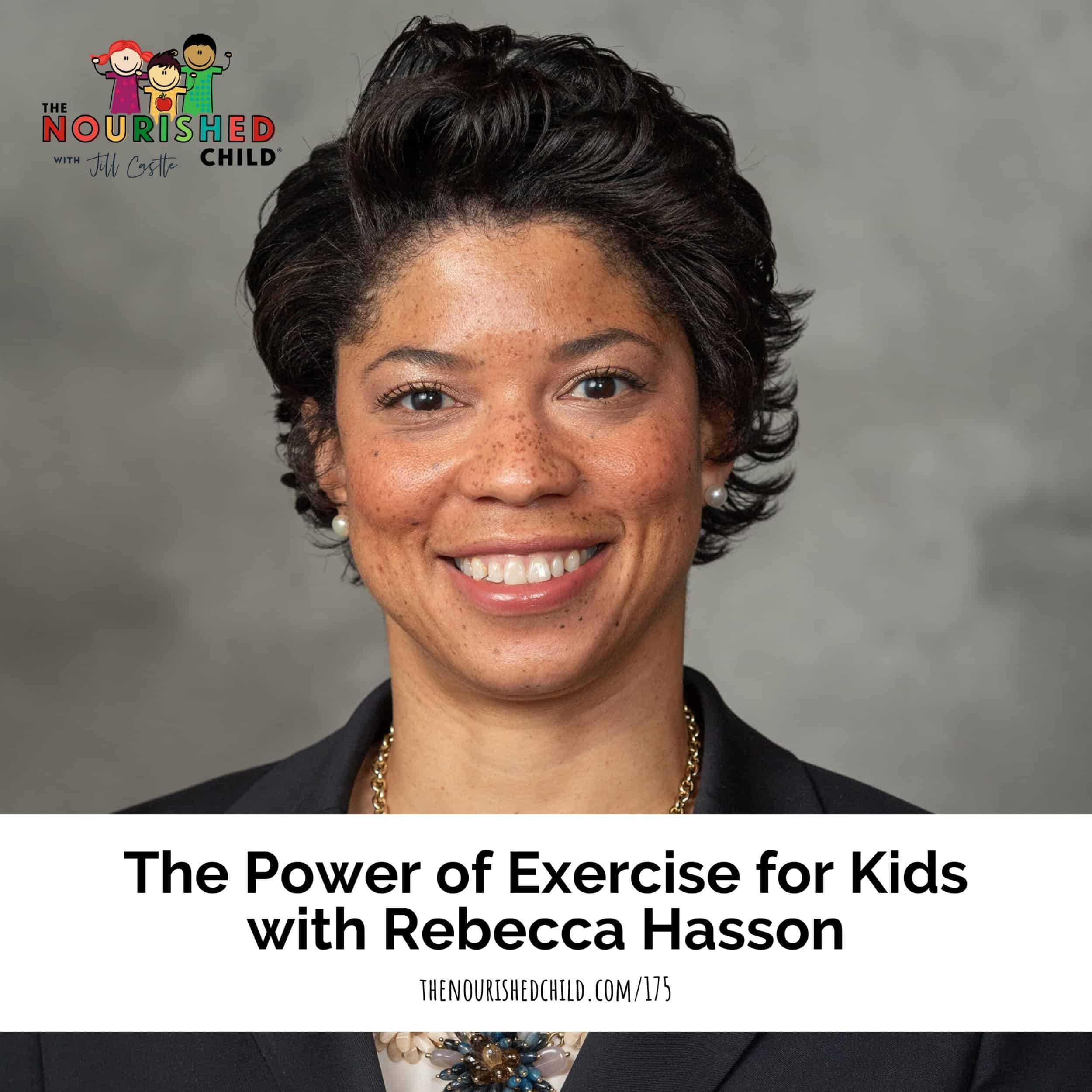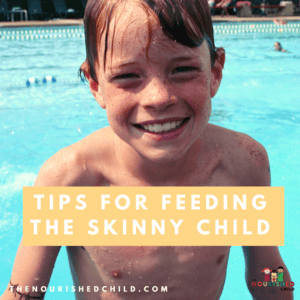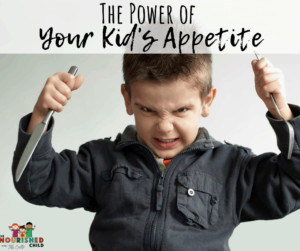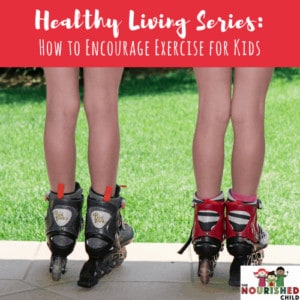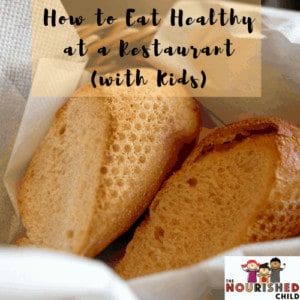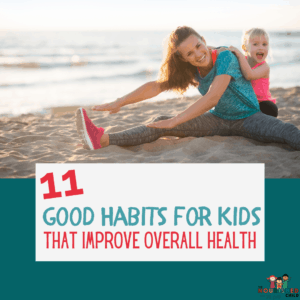15 Surprisingly Healthy Foods for Picky Eaters
November 25, 2022
You want your child to eat nutrient-packed foods that will help them grow strong and healthy, but it feels like all picky eaters want to eat are chicken nuggets and French fries. Don’t worry. I’ve compiled a list of healthy food for picky eaters that may surprise you.
If you have a picky eater at home, you might be frustrated with how challenging it can be to get them to try different foods.
Kids reject food for a variety of reasons–the color, texture, or just because it’s new to them. While it’s true that some picky eaters only want ultra-processed or very bland foods, that doesn’t mean that all kid-friendly foods lack nutrition.

In my experience as a childhood nutrient expert, parents can be too hard on themselves.
Your child’s diet doesn’t have to be perfect to be healthy. And it’s probably more nutritious than you think.
It may surprise you to learn plenty of kid-friendly options are healthy for picky eaters.
Healthy Food for Picky Eaters
Here are 15 of my favorites that picky eaters can choose from. Some are homemade, and some are store-bought. Let’s dive in.
1. Veggie chips
Vegetables are a great source of vitamins A and C, B vitamins, and fiber. But getting your picky eater to eat veggies can be a challenge.
Most store-bought veggie chips are made from vegetable flour or powder. Make your own instead. It’s easy.
Bake thinly sliced beets, sweet potatoes or zucchini with a dash of oil.
2. Pumpkin or banana pancakes
Whether using pancake mix or cooking from scratch, flour is fortified with B vitamins and iron.
Pancake mix has added sugar, but topping pancakes with syrup adds most of the sugar.
Add banana or pumpkin puree for a more nutrient-dense meal.
Pumpkin puree is an excellent source of vitamins A and K, fiber, and antioxidants. And banana is an excellent source of potassium and fiber.
3. French fries
If your little one only prefers to eat white foods, you might be looking for new ways to offer potatoes.
French fries are made from potatoes–starchy veggies packed with potassium and a good source of iron. Yes, believe it or not, French fries can be healthy, depending on how they’re prepared.
What makes fries unhealthy? They’re deep fried in oil and loaded with sodium.
So keep the potato and change the cooking method.
You can make homemade fries using healthy oils like olive oil and baking instead of frying.
You can also use sweet potatoes if your little one is more adventurous with food colors.
They are one of the most nutrient-dense foods you can eat, providing vitamins A and C, and potassium.
And when they’re in fry form, even the fussiest eater will love them!
4. Banana “ice cream”
Ice cream brings to mind saturated fat and sugar. Oh, and a tasty summer treat too…
Whipped frozen banana has a similar consistency to ice cream. Bananas are a significant source of potassium. And this banana “ice cream” is a healthy alternative to traditional ice cream!
Add nut or seed butter for protein and unsweetened cocoa to make chocolate “ice cream.”
5. Zucchini bread
Although foods like bread don’t have the benefit of the health halo, bread is actually full of B vitamins and iron.
Adding fruit or vegetable purees packs in more nutrients but the flavor doesn’t overpower the bread (it’s a great way to add some extra nutrition into your child’s diet).
Zucchini is a good choice because savory zucchini bread doesn’t have added sugar. So, it’s a perfect breakfast or after-school snack with staying power!
6. Frozen veggie burgers
Most frozen veggie burgers are made with healthy ingredients like beans, rice, and vegetables–even frozen brands.
Plant proteins, including pea protein, beans and edamame, are low in saturated fats and packed with nutrients.
However, veggie burgers may be soy-based, so carefully read the label if your kid has a soy allergy.
Some brands like Dr. Praeger’s, have limited added ingredients. The main ingredients are vegetables, plant protein, oil, and thickeners.
7. Chicken nuggets
Chicken nuggets are one of the most commonly accepted foods, especially among picky eaters.
Chicken is a lean meat that provides iron, protein and other key nutrients.
So how did chicken nuggets get such a poor reputation as an unhealthy kid’s food?
- They’re ultra-processed and high in sodium
- They’re deep fried at restaurants
- They’re usually made with chicken parts, not 100% chicken breast unless it’s stated on the package
Chicken nuggets are just chicken cutlets shaped like nuggets or tenders. That’s easy to make at home!
Cut chicken breast into a nugget or tender shapes, coat in breadcrumbs, panko or oats (or a combo of the three), and bake instead of frying. Or, use chicken breast tenders.
You might have the time to make homemade chicken tenders, especially if it’s one of the few foods your little one will eat daily. However, there are some frozen chicken nugget brands that are better options for kids, too.

8. Popcorn
Popcorn is a whole grain that’s packed with fiber and antioxidants. And it’s one of the healthiest snacks you can give your child!
Just make sure you avoid the kinds loaded with sugar and unhealthy oils. And, of course, skip this snack for young children.
It’s a top choking hazard.
9. Pizza
Pizza can actually be a healthy food for picky eaters. The National School Lunch Program considers this a complete meal with vegetables (tomato sauce), carbohydrates (crust), and protein (cheese).
Some kids don’t like sauce and some don’t like cheese. That’s okay.
It’s considered a minimally processed food if you stick to homemade or buy from a pizza place.
10. Macaroni and cheese
Macaroni and cheese is another food that gets a bad rap for being unhealthy. It can be.
Boxed mac and cheese can be loaded with sodium.
But if you make it at home using low-fat cheese and whole wheat pasta and mix in a vegetable puree like cauliflower or butternut squash, it can actually be quite nutritious.
Even if you stick to plain mac and cheese, it’s a source of potassium (cheese), B vitamins and iron (pasta) and vitamin D (milk).
11. Grilled cheese
Like macaroni and cheese, this kid-friendly meal is an excellent source of potassium. It has protein, carbohydrates and fat, so it has some staying power.
Why do parents think it’s unhealthy? Well, there are no veggies and it’s usually made with American cheese–a processed cheese high in sodium.
Use a less processed cheese, like cheddar, and wheat bread instead of white.
Kids won’t notice the color when it’s grilled. Also, you can use white cheddar if it entices your child more than the yellow version.
12. PB&J sandwiches
Peanut or seed butter is an excellent source of protein and healthy fats.
Many fussy eaters prefer dry peanut butter sandwiches minus the jelly. That’s okay.
The jelly is all sugar, so it’s an even healthier meal without it.
13. Frozen waffles
This convenient food isn’t as unhealthy as you might think. Waffles provide protein and contain iron from fortified flour.
Like pancakes, the topping can make waffles a high-sugar meal.
Your picky eater probably wants to skip the sticky maple syrup anyway, right?
Look for brands with fewer additives, or better yet, make homemade waffles.
They taste much better and appeal to even the fussiest kids.
14. Crackers
Grocery stores usually sell crackers in the chip aisle, but not all crackers are the nutritional equivalent of potato chips.
Many varieties of crackers are surprisingly healthy if you stick to baked, whole-grain crackers low in sodium.
For example, Triscuits are made from whole wheat, oil, and salt. That’s it.
And they even have a reduced sodium option.
Are Goldfish a food group in your house?
Fortunately, these kid favorites are a better cracker option. Goldfish are baked crackers that are relatively low in sodium.
15. Cereal
Cereal is often considered unhealthy, but it can be part of a healthy diet if it’s not loaded with sugar. Breakfast cereals are a good source of B vitamins, calcium and fiber, and are usually fortified with iron.
Look for plain o-shaped cereal, biscuits or flakes.
Most picky eaters prefer plain and even dry cereals. But they lose out on protein, calcium, and vitamin D if they skip the milk.
Don’t worry.
Offer milk or other foods separately to replace these nutrients.
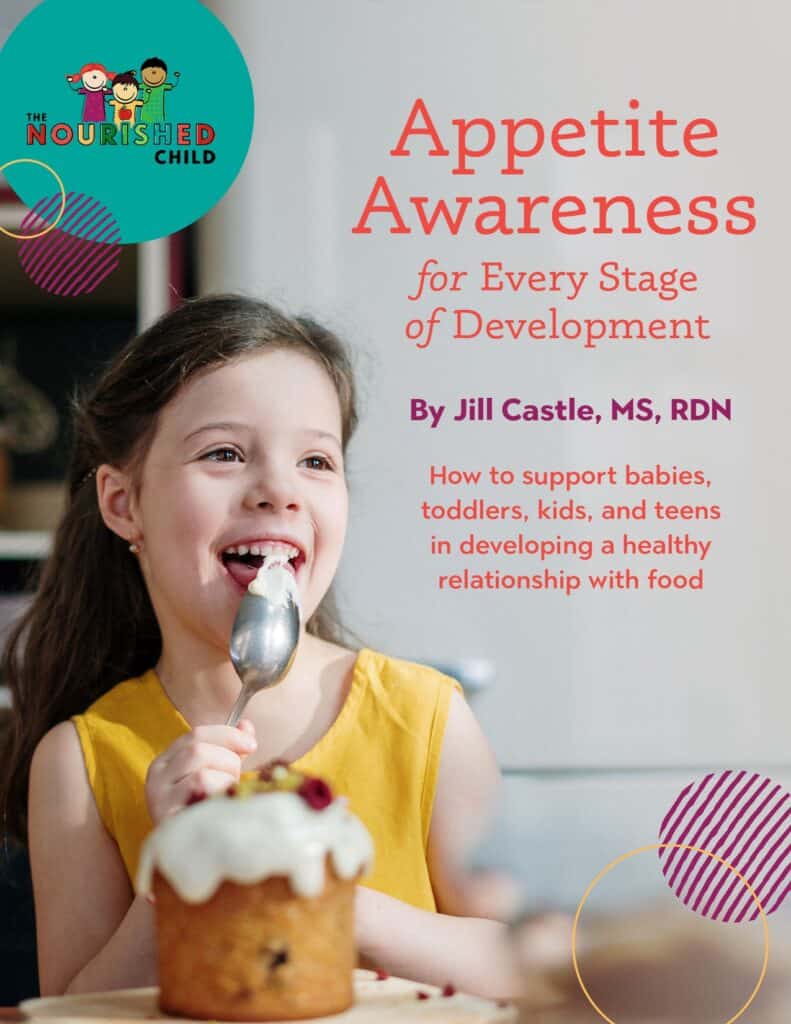
Get Your Free Guide!
Final Thoughts on Food for Picky Eaters
It is important to ensure your child gets all the essential vitamins, minerals and nutrients needed for growth and development.
But don’t be too hard on yourself.
Rethink your little one’s favorite food. Your picky eater is probably getting more nutrients than you realize.
Need more guidance on healthy food for your picky eater? My class Nutrition for the Extreme Picky Eater can help and be sure to check out The Ultimate Guide to Feeding the Picky Eater.

